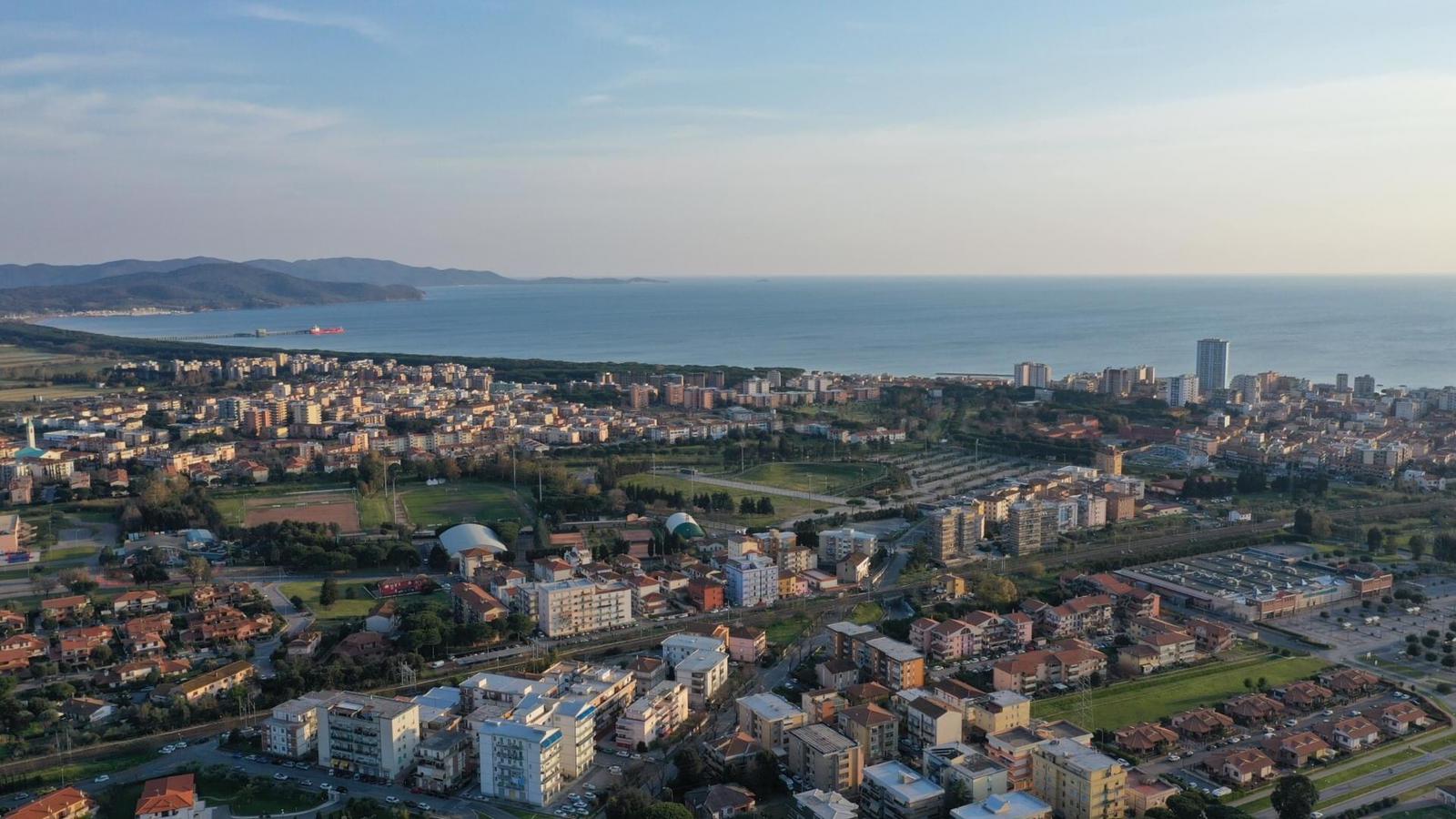Follonica is one of the most renowned destinations for its beaches bathed by the waters of the Gulf of Follonica, up to the hilly hinterland where the first offshoots of the Grosseto Metalliferous Hills develop, in a position behind the Maremma plain of Grosseto, in this stretch formed by the Pecora River to its mouth.
What to see in Follonica
• Fonderie Ilva: The area known as the ex-ILVA area is located within the town and encloses the now abandoned factories of the former -ILVA. The geographical position of the former Ilva plants was determined by the equidistance between the iron mines of Elba and the large state-owned woods where the charcoal was produced. On both sides of the area, a subdivision with orthogonal meshes has developed which has affected the area between the factory and the marina. One of the buildings is known as Palazzo del Forno Quadro and was the most important foundry structure of the time in Italy.
With the expansions that have developed beyond the Petraia torrent. Currently some buildings are in conditions of complete abandonment, others have already been used for very important activities for the city, given the centrality of the area.
In one of them there is the Biblioteca della Ghisa, whose was established in 1970 and has a book heritage of about 100,000 volumes.
•Church of San Leopoldo, cult building of greatest historical and architectural value in the city. The church, in the form of a Latin cross and of neoclassical inspiration, is characterized by the use of cast iron: the pronaos, the fretwork balustrade, the pairs of three columns that support the entablature, the decorated frame of the arch and the two friezes by Lorenzo Nencini. The interior has a single nave, with a gabled roof and cross vault, with numerous finishing touches and cast iron furnishings: the base of the pulpit, the columns of the apse, the candelabra of the altar, the balustrade of the presbytery, a cornice in the transept and the pedestal of the baptismal font. Among the various works we note a marble bust of Raffaele Sivieri, first director of the administration of the mines and iron, created in 1839 by Leopoldo Arcangeli; the white marble statue of St. John the Baptist sculpted by Nencini in 1841; and two Madonnas: the Madonna with Child in cast iron, called Madonna Ilvania, cast in the foundries, and the painting of the Madonna del Soccorso.
• Palazzo Granducale, is a three-story building built in 1845 to host the Grand Duke Leopold II during his frequent visits to Follonica. Today the Palace is the headquarters of the State Forestry Corps. Outside there is a magnificent garden which houses the bathtub carved in marble by the school of Canova, which belonged to Elisa Bonaparte
•Castello di Valle (also known as Castello di Valli) was built towards the end of the 9th century as the summer residence of the bishops of Lucca, to then pass into the possessions of the abbey of Sestinga. During the 12th century the castle passed to the Aldobrandeschi who, in the second half of the 13th century, ceded it to the Pisani. The complex became part of the principality of Piombino during the fourteenth century, following its fate until 1815, when the entire territory was annexed to the grand duchy of Tuscany. It presents the imposing ruins of the tower, with the walls entirely covered in stone filaretto, where there are some loopholes. Around the ruins of the tower, there are a series of perfectly preserved stone buildings, mainly rebuilt in neo-medieval style on the remains of the original buildings.
•The Sterpaia Park, a place to immerse yourself in the nature of the Val di Cornia.
•Technological and archaeological park of the Metalliferous Hills of Grosseto, includes the territory of the seven municipalities to the north of the Province of Grosseto. The institutional aims of the park concern the recovery, conservation and enhancement of the environmental, historical-cultural and technical-scientific heritage of the Metalliferous Hills, marked in particular by the mining experience, promoting a tourist-cultural circuit.
•Interprovincial park of Montioni, extends for about 7000 hectares. The hills are covered by woods and constitute a landscape linked to human action, above all to the coal production and forest cutting.
Inside the park there are other signs of man: they emerge from the remains of the alum quarries (used for tanning leather and for fixing colors on fabrics) and from those of the Napoleonic era mining village.



